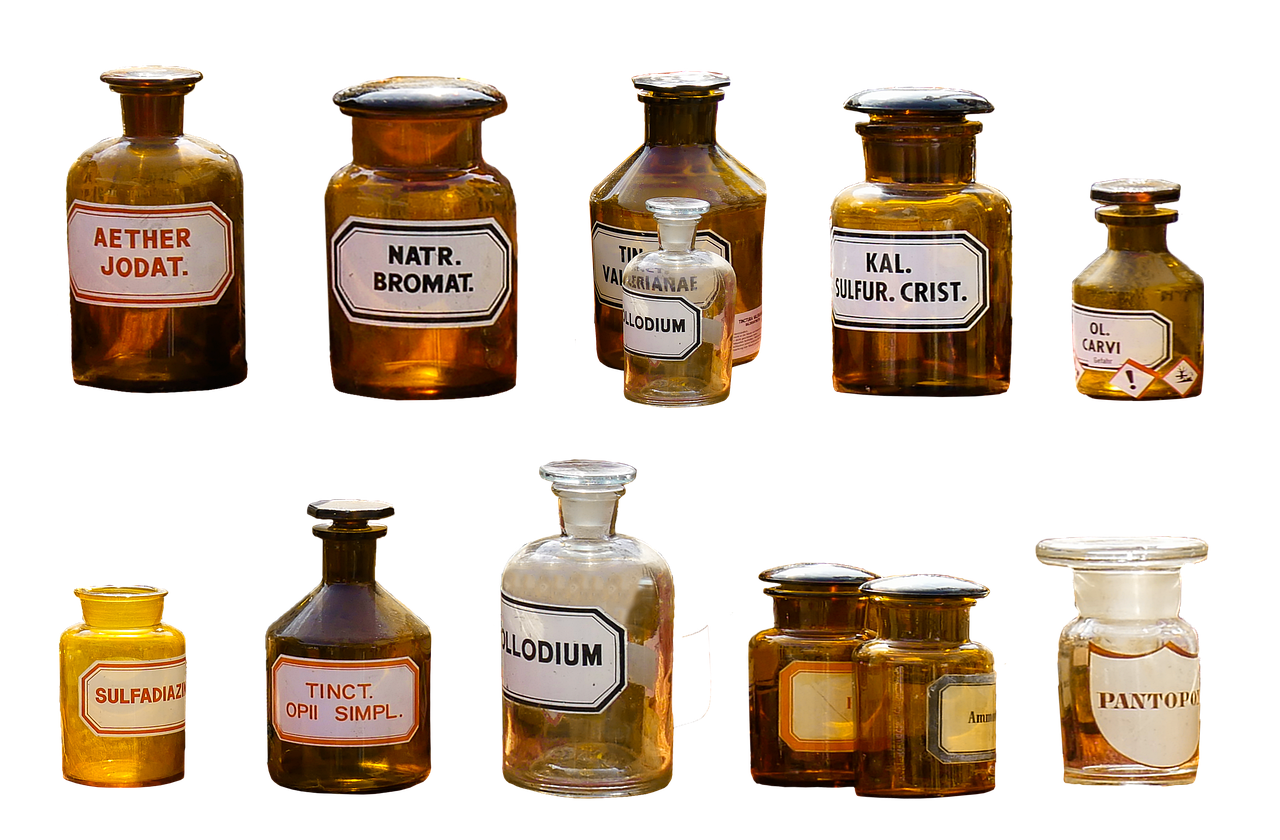Disease Control: A Comprehensive Guide to Prevention and Management
- Introduction
Disease control is a critical aspect of public health that aims to prevent the spread of illness and maintain the well-being of communities. By understanding disease transmission, implementing preventive measures, and responding effectively to outbreaks, we can significantly reduce the impact of diseases on our lives.
Disease Transmission
Modes of Transmission
- Direct contact: Direct physical contact with an infected person (e.g., skin-to-skin, blood-to-blood)
- Indirect contact: Contact with contaminated surfaces or objects (e.g., door handles, countertops)
- Airborne: Inhalation of respiratory droplets from infected individuals
- Vector-borne: Transmission through animal carriers (e.g., mosquitoes, ticks)
- Waterborne: Ingestion of contaminated water
Prevention Strategies
Vaccinations
- Safe and effective way to prevent many infectious diseases (e.g., measles, mumps, rubella)
- Create herd immunity and protect vulnerable populations
Good Hygiene
- Handwashing: Regularly washing hands with soap and water
- Covering coughs and sneezes: Using a tissue or the crook of the elbow
- Avoiding contaminated surfaces: Disinfecting or washing frequently touched surfaces
Environmental Control
- Maintaining clean and sanitized spaces: Regularly cleaning and disinfecting public areas and homes
- Vector control: Eliminating or reducing habitats for disease-transmitting vectors
Outbreak Management
Surveillance
- Monitoring disease trends: Tracking cases and identifying potential outbreaks
- Early detection: Promptly identifying and notifying authorities about suspected outbreaks
Control Measures
- Isolation of infected individuals: Quarantining individuals to prevent further spread
- Contact tracing: Identifying and monitoring individuals who have come into contact with infected persons
- Vaccination: Administering vaccines to eligible individuals to prevent or reduce transmission
Public Health Education
- Raising awareness: Informing the public about disease symptoms, transmission, and prevention
- Promoting healthy habits: Encouraging good hygiene, vaccination, and other preventive measures
Control of Specific Diseases
Examples
- Influenza: Annual vaccination, social distancing, handwashing
- HIV/AIDS: Antiretroviral therapy, condom use, education
- Malaria:* Insecticide-treated bed nets, antimalarial drugs, vector control
Conclusion
Disease control is an ongoing effort that requires a multipronged approach involving prevention, outbreak management, and public health education. By working together, governments, healthcare professionals, and the community can effectively mitigate the impact of diseases and safeguard public health. Understanding disease transmission, implementing prevention strategies, and responding swiftly to outbreaks empower us to create healthy and resilient communities.
